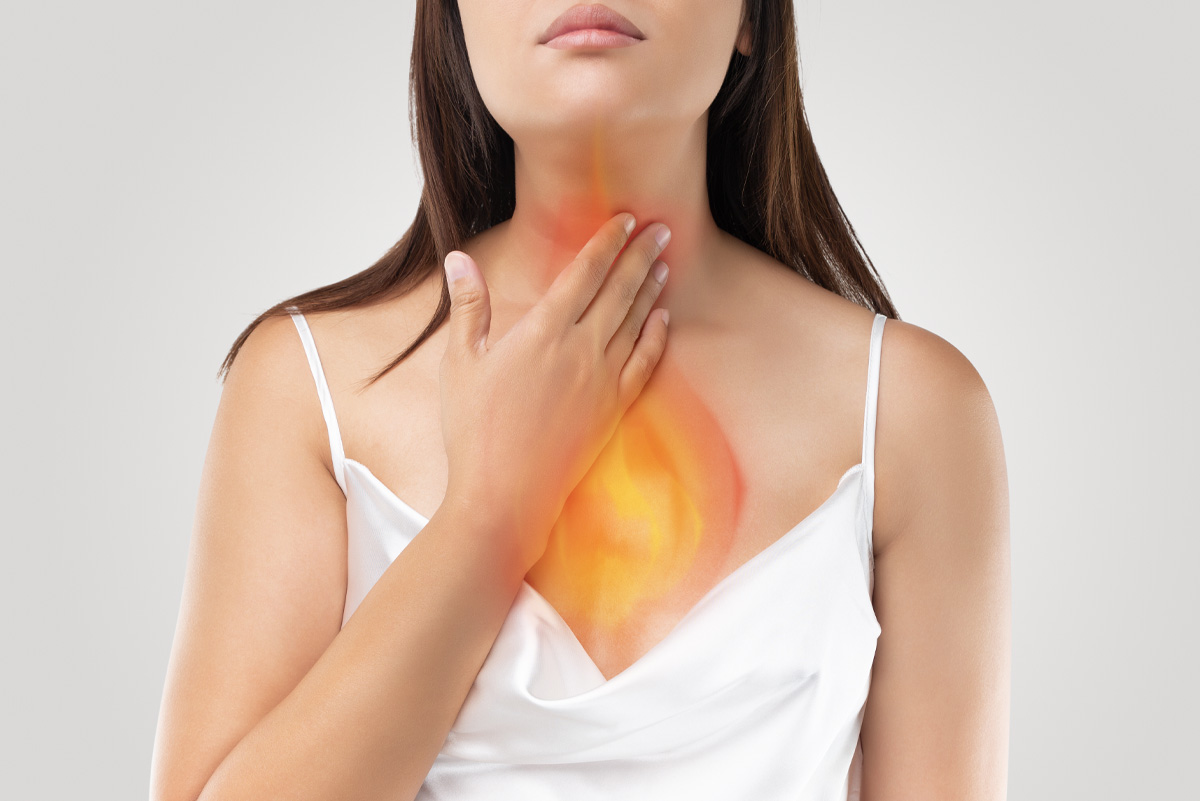References
Dickman, R., Schiff, E., Holland, A., Wright, C., Sarela, S. R., Han, B., & Fass, R. (2007). Clinical trial: acupuncture vs. doubling the proton pump inhibitor dose in refractory heartburn. Alimentary Pharmacology & Therapeutics, 26, 1333-1344. doi:10.1111/j.1365-2036.2007.03520.x
Dinamithra, N. P., & Nawarathne, N. M. (2015). Diagnosis and management of gastro-oesophageal reflux disease. The Sri Lanka Journal of Surgery, 33(1), 14-19.
Kaltehbach, T., Crockett, S., & Gerson, L. (2005). Are lifestyle measures effective in patients with gastroesophageal reflux disease? An evidence-based approach. Gastrointestinal Endoscopy, 61(5), 1-7. doi:10.1016/s0016-5107(05)00786-8
Takahashi, T. (2006). Acupuncture for functional gastrointestinal disorders. Journal of Gastroenterology, 44, 408-417. doi:10.1007/s00535-006-1773-6
Wang, J. H., Luo, J. Y., Dong, L., Gong, J., & Tong, M. (2004). Epidemiology of gastroesophageal reflux disease: A general population-based study in xi’an of northwest china. World Journal of Gastroenterology, 10(11), 1647-1651.

